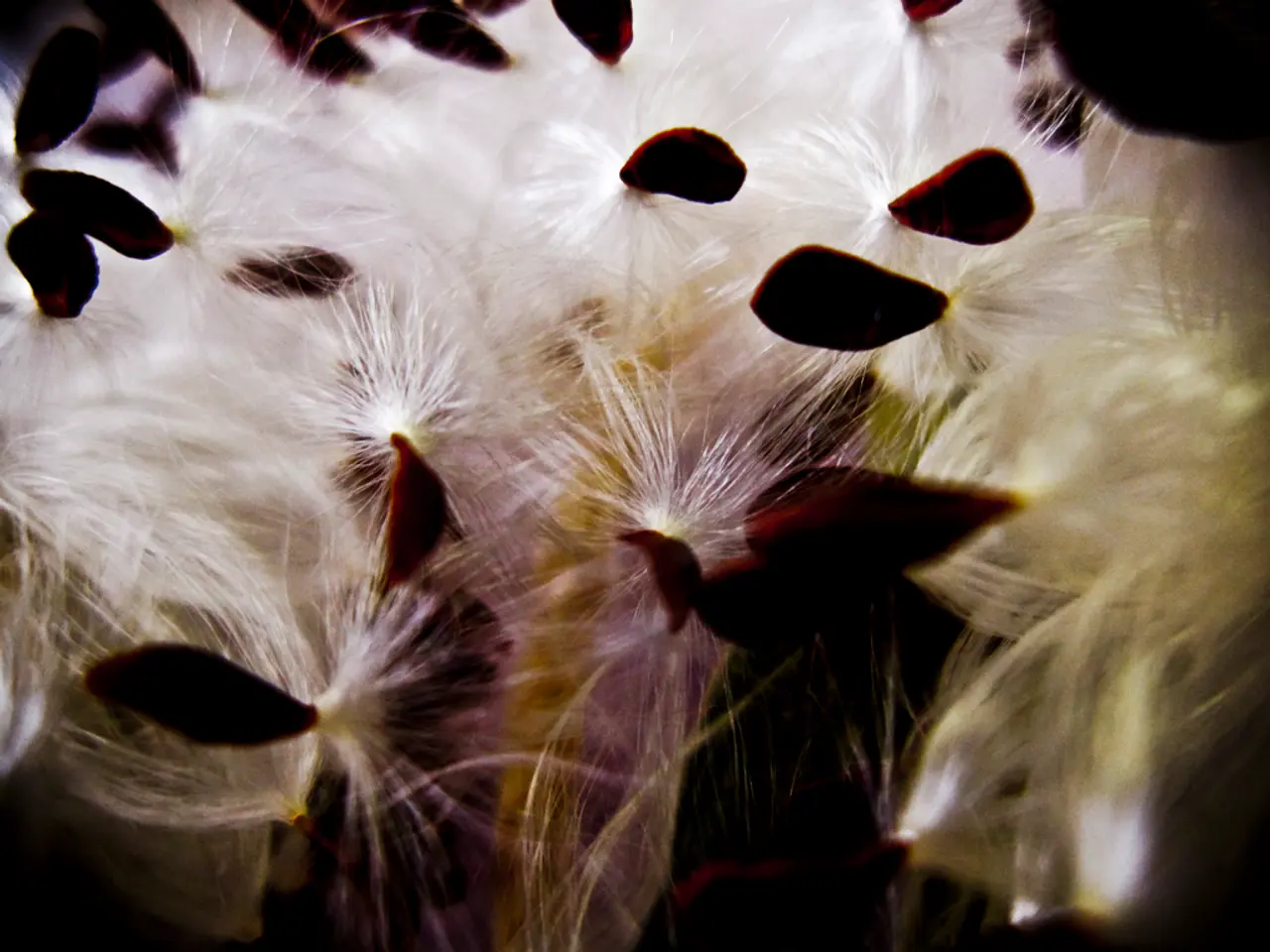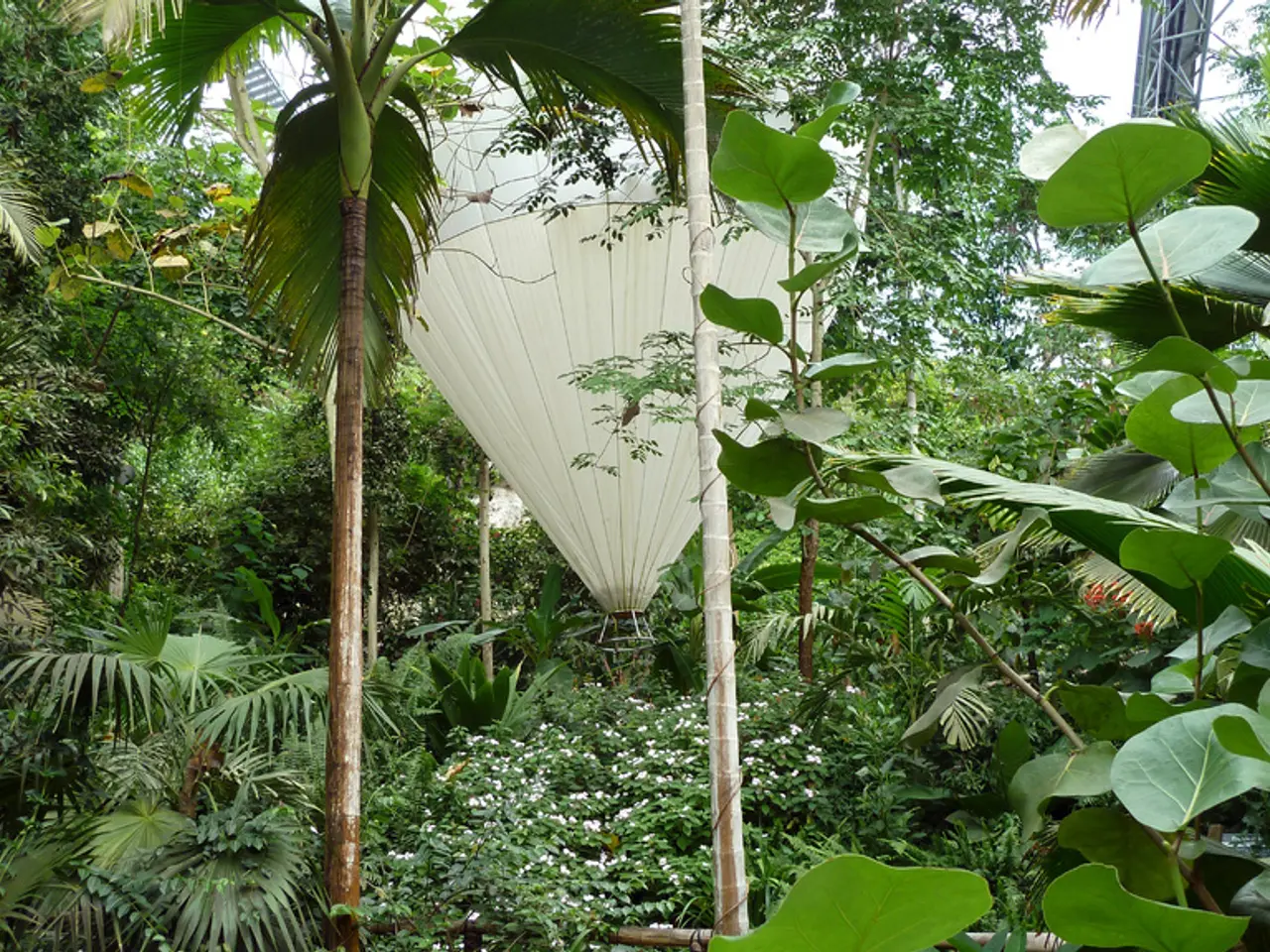Master the Art of Seed Germination Proficiently: Optimal Techniques for Swift, Vibrant Sprouts
Green Thumbs: Mastering Seed Germination
Got a green thumb and a dream garden? Learn how to successfully germinate seeds with these top methods.
Growing plants from seeds is a rewarding experience, allowing you to start your garden early or try rare varieties. The key to successful germination lies in understanding the needs of your seeds: warmth, moisture, oxygen, light, and proper planting depth.
Green Thumb Secrets: What Seeds Need to Grow?
Cultivate the perfect conditions to wake your seeds from dormancy and kickstart their growth journey:
- Moisture: Every seed needs water to hydrate and stimulate germination. Keep the soil evenly moist but not soggy.
- Temperature: Seed germination temperatures vary among species, but most prefer a warm environment. For instance, tomato seeds need 70 to 95°F (21 to 35°C), while spinach seeds thrive around 45 to 75°F (7 to 24°C).
- Oxygen: Seeds need access to oxygen to breathe, making light, airy soil essential. Soil should neither be too packed nor too loose.
- Light: Only a few plants need light to germinate, so direct sowing may be best for these. However, once the embryo breaks through the seed, light requirements for seedlings ramp up significantly.
- Planting Depth: Seed size determines the appropriate depth for planting. Larger seeds need more depth to establish roots.
Top 5 Methods to Germinate Seeds
Transform your seeds into vibrant seedlings using these top techniques.
1. Seed-Starting Mix
Growing seeds in potting mix designed for seedlings is the most common method. This mix is specially formulated with ingredients like perlite, vermiculite, and peat moss to provide the right texture, moisture retention, and drainage for germination.
2. Paper Towel Method
Soaking seeds in a damp paper towel is a quick, mess-free solution that speeds up sprouting. Place seeds on the towel, fold it lightly, and place in a plastic bag. Monitor the towel daily to ensure it remains moist. Once sprouts appear, plant seedlings in individual containers.
3. Agar Growing Medium
For sensitive seeds, the agar growing medium is ideal. This sterile medium supports fast germination and keeps bacteria at bay, perfect for growing orchids from seed or other finicky plants. Mix agar powder with water, pour into a shallow container, and sow seeds on the surface. Place the container in a warm spot and monitor germination closely.
4. Sponge Method
Germinating seeds in a sponge is great for fast-growing plants like radishes. Moisten a clean sponge, tuck the seeds into the nooks and crannies, cover with plastic wrap, and keep moist. Once germinated, transplant seedlings into individual pots or garden beds.
5. Hydroponic Method
Starting seeds in a shallow water-filled container is perfect for quick-growing herbs and vegetables. Use rockwool or coco coir; once sprouts emerge, transplant them into individual pots.
Tips and Tricks: Treating Seeds Before Germinating
Every seed has unique requirements for successful germination:
- Stratification is a cold dormant period that some seeds require before germination. To stratify, freeze or refrigerate seeds before planting.
- Scarification softens tough seed coats to allow moisture and oxygen to penetrate. Gently nick or scratch Seeds to break the outer layer, or soak them in water for several hours.
- Soaking stretches the seed coat, promoting better water uptake and faster germination. Soak seeds for a few hours up to 24 hours before planting.
Timelines: When Will My Seeds Germinate?
Seed germination time varies depending on the type of seed, planting method, and environmental factors. Some common produce seeds germinate in one to two weeks, while tropical fruits take a month or more. Lettuce and radishes sprout in just days.
Growing Green: The Ideal Germination Temperature
Most seeds prefer temperatures ranging from 70 to 80°F (21 to 27°C), but many will sprout in cooler temperatures. Cool-season crops like lettuce, snow peas, and spring onions germinate effectively in temperatures as low as 40°F (4.5°C).
Seeds Not Sprouting: What Should I Do?
If seeds aren't germinating, examine the conditions:
- Check the temperature and moisture levels are appropriate for your seeds.
- Inspect your seeds; any with dark marks or soft spots are not viable and should be discarded.
- Perform a seed viability test like floating seeds in water or using the damp paper towel method to check seed quality.
If seedlings still don't emerge after a few weeks, it's likely that the seeds are not viable.
Next Steps: Transplanting Germinated Seeds
Once your seedlings develop roots and true leaves, carefully transfer them into individual pots or garden beds, water, and watch them thrive!
Troubleshooting: Common Germination Problems and Solutions
Avoid common pitfalls like insufficient or excessive water, heavy soil, cool temperatures, bad seed, planting too early, and lack of seed coat scarification to promote healthy germination.
Embrace the thrill of cultivating life from the comfort of your own home. Happy gardening!
Refine your gardening skills and stay updated on the latest growing tips by signing up for our platform newsletter and receive a free e-book, "How to Grow Delicious Tomatoes".
Cultivating a diverse lifestyle, from home-and-garden to gardening, could lead to a stunning home-and-garden transformation. By pairing the right techniques with the right seeds, you can successfully sprout seedlings indoors, nurturing a bountiful home garden.
The top methods to germinate seeds include using seed-starting mix designed for seedlings, soaking seeds in a damp paper towel, growing seeds on an agar medium, germinating seeds in a sponge, and starting seeds in a hydroponic system. These techniques provide the ideal conditions for seeds to access moisture, warmth, oxygen, and light, according to their specific requirements.







